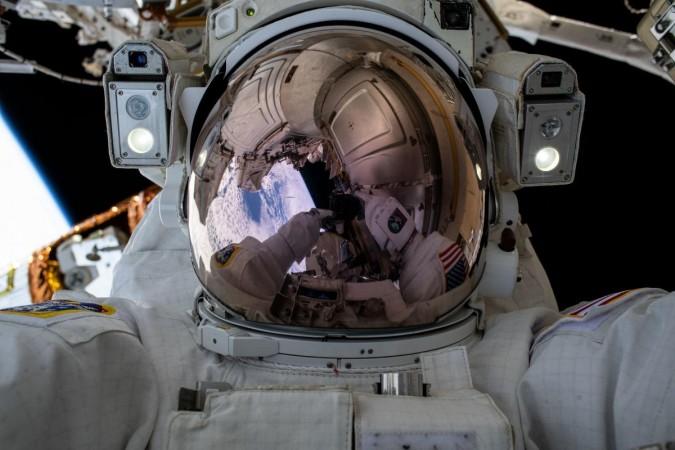Ever since NASA astronaut and Expedition 63 Commander Chris Cassidy took an epic "space-selfie" during a spacewalk at the International Space Station in July 2020, expectations run high every time NASA announces a spacewalk.
On January 27, Flight Engineers and NASA astronauts Mike Hopkins and Victor Glover ventured outside the ISS to fix final cable connections and install a Ka-band antenna on the Columbus module in order to fully activate the European Space Agency Bartolomeo experiment platform but could not succeed as the platform was not fully activated.

Besides taking up the complete cabling for the installation of the European science platform, the Feb. 1 spacewalk will complete long-term battery upgrade work from about 7 a.m., that will last about six and a half hours. To be undertaken by Hopkins and Glover again, the upcoming spacewalk will be the 233rd and 234th for the 20-year-old space station's maintenance.
Air leaking fixed
Frequent challenges on ISS underscore the need for a swift move by space agenices to focus on the next generation space stations withstand such leaks and refixes. In September 2019, a worsening leak on the International Space Station (ISS) was plugged with an innovative floating tea leaves in the Zvezda module of Russia's crew members, though it was a temporary solution.

NASA is planning to livestream the spacewalk meant for installation of a final lithium-ion battery adapter plate on the port 4 (P4) truss that will wrap up battery replacement. The astronauts will also replace an external camera on the starboard truss with a new high-definition camera on the Destiny lab, and replace components for the Japanese robotic arm's camera system outside the Kibo module.
NASA said the more spacewalks are scheduled in the near future to fix new solar arrays to augment the station's existing power supply, to be undertaken by astronauts by Rubins and Japan Aerospace Exploration Agency (JAXA) astronaut Soichi Noguchi.
For more than 20 years, 242 people from 19 countries have visited the unique microgravity laboratory that has hosted more than 3,000 research investigations from researchers in 108 countries and areas.

















